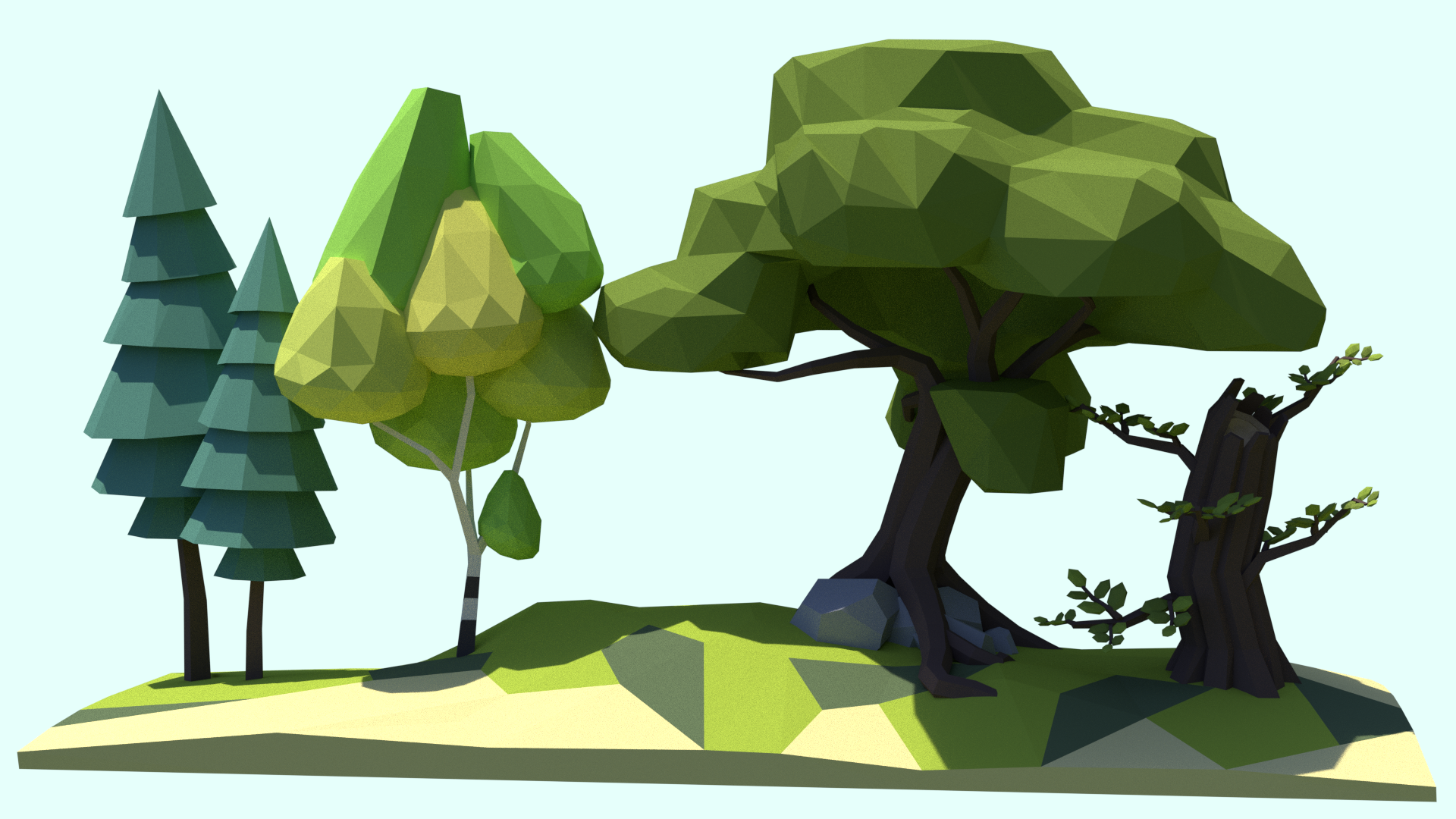

design a low poly space environment to place your rocket in You can also adjust the extrusion value to control how far the cage object extends beyond the low-poly object.In this beginner-friendly course, we’ll be taking a step-by-step approach to modeling, surfacing, animating, and simulating an epic low-poly rocket launch sequence in Blender 2.80! 10 easy-to-digest lessons, jam-packed with Blender tips To do so, create a cage object that covers your low-poly object with the same UV map, select both objects and choose the selected to active option in the bake settings. Additionally, you can use a cage object as a reference for baking lighting and materials from a high-poly object to a low-poly one. Margin is the amount of pixels added to UV island edges to prevent seams and bleeding - higher margin values lead to smoother textures but reduce resolution, while lower margin values result in sharper textures with an increased risk of seams and bleeding. Samples determine the number of rays cast per pixel to calculate lighting and material effects - higher samples mean smoother and more accurate textures, but also longer baking times and increased memory usage. Once you have chosen your bake type, you need to adjust some settings in the render properties panel, under the bake section, to fine-tune the quality and speed of your baking. Finally, displacement or bump maps will not affect the geometry or the normals in the baked texture consequently, normal maps or height maps should be used for details. Furthermore, transparent or translucent shaders will not show the correct refraction or transmission in the baked texture thus, opaque or solid shaders should be used for objects. Additionally, emission shaders will not emit light in the baked texture, so light objects or planes with emission materials should be used for light sources.

For instance, procedural textures should be avoided as they are generated dynamically and cannot be baked instead, use image textures or solid colors for your base materials. However, you must also take into account how your materials will appear after baking, as some features and effects may not be preserved or translated correctly.

This allows you to create realistic and complex materials that can interact with the light sources in your scene. To bake lighting in Blender, you need to use the Cycles render engine and the node-based material system.


 0 kommentar(er)
0 kommentar(er)
